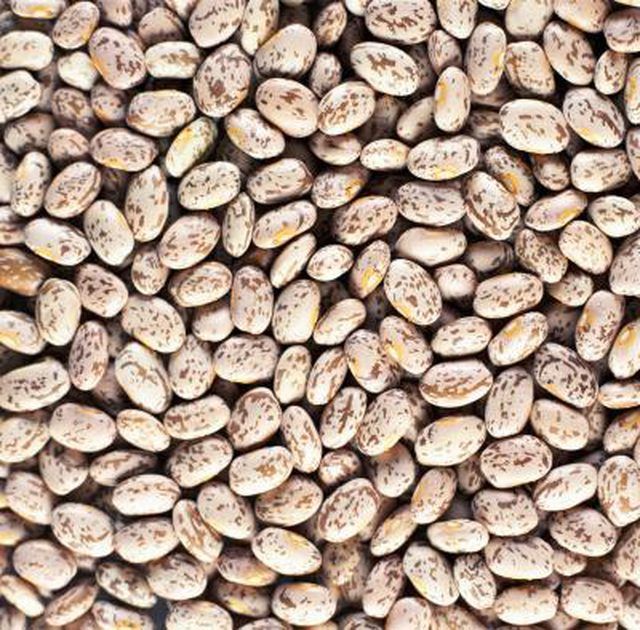Bulbs
Flower Basics
Flower Beds & Specialty Gardens
Flower Garden
Garden Furniture
Garden Gnomes
Garden Seeds
Garden Sheds
Garden Statues
Garden Tools & Supplies
Gardening Basics
Green & Organic
Groundcovers & Vines
Growing Annuals
Growing Basil
Growing Beans
Growing Berries
Growing Blueberries
Growing Cactus
Growing Corn
Growing Cotton
Growing Edibles
Growing Flowers
Growing Garlic
Growing Grapes
Growing Grass
Growing Herbs
Growing Jasmine
Growing Mint
Growing Mushrooms
Orchids
Growing Peanuts
Growing Perennials
Growing Plants
Growing Rosemary
Growing Roses
Growing Strawberries
Growing Sunflowers
Growing Thyme
Growing Tomatoes
Growing Tulips
Growing Vegetables
Herb Basics
Herb Garden
Indoor Growing
Landscaping Basics
Landscaping Patios
Landscaping Plants
Landscaping Shrubs
Landscaping Trees
Landscaping Walks & Pathways
Lawn Basics
Lawn Maintenance
Lawn Mowers
Lawn Ornaments
Lawn Planting
Lawn Tools
Outdoor Growing
Overall Landscape Planning
Pests, Weeds & Problems
Plant Basics
Rock Garden
Rose Garden
Shrubs
Soil
Specialty Gardens
Trees
Vegetable Garden
Yard Maintenance
How to Grow a Plant From a Pinto Bean in a Ziploc Bag
How to Grow a Plant From a Pinto Bean in a Ziploc Bag. Teaching children about plants is problematic, since seeds are usually buried in potting soil. The germination process is invisible. However, with a wet paper towel, a Ziploc bag, dried pinto beans and a bright, sunny window, you can provide a teaching moment even in the dead of winter. Pinto...

Teaching children about plants is problematic, since seeds are usually buried in potting soil. The germination process is invisible. However, with a wet paper towel, a Ziploc bag, dried pinto beans and a bright, sunny window, you can provide a teaching moment even in the dead of winter. Pinto beans sprout and grow quickly. This project holds interest for several days. After the beans sprout, continue the teaching process by planting the beans inside or in the garden.
Things You'll Need
Paper towels
Ziploc sandwich bags
2 nails
Hammer
Twine
Clothespins
Wet a paper towel. Squeeze most of the water out.
Fold the paper towel to fit into the Ziploc bag. Place in the bag.
Insert one or two pinto beans per bag on between the paper towel and the side of the bag. Do not seal the bag.
Tap a nail into the wall on each side of a bright, sunny window. Stretch a piece of twine across the window, tying it to the nails.
Hang the Ziploc bags on the twine with a clothespin with the bean facing the window.
Monitor the Ziploc bag, making sure that the paper towel stays moist while the pinto bean sprouts. Pinto beans germinate quickly, sometimes overnight.
Plant the bean sprout in a paper cup with potting soil or in the garden. Handle the root gently. It breaks easily. Water the sprout thoroughly after planting.
Tips & Warnings
Tape the bag to the window instead of hanging it on a line.
Peas, lima beans and other legumes are also easy to sprout.
Science fair projects must be carefully monitored and documented, measuring the amount of water added to each paper towel and the temperature in the window.
If you decide to eat the bean sprouts, rinse them thoroughly before adding to your salad.
If mold or mildew appear in the bag, throw it all away and start over.